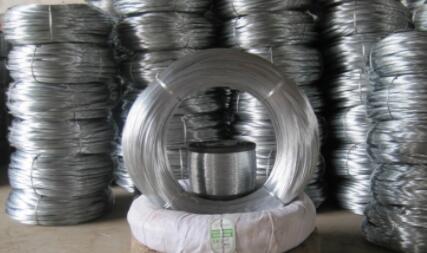The Price Dynamics of Quail Cages A Comprehensive Overview
The rising interest in poultry farming, particularly quail farming, has brought forth a substantial demand for various equipment, among which quail cages are essential. Understanding the price dynamics of quail cages is crucial for both budding and seasoned farmers aiming to optimize their investment while ensuring the wellbeing of their birds. In this article, we explore the factors influencing the price of quail cages, the different types available, and the implications of these prices on the quail farming business.
Types of Quail Cages
Quail cages come in various designs and sizes, catering to different farming scales and methodologies. The two primary categories of quail cages are battery cages and colony cages. Battery cages, typically used in large-scale commercial setups, are designed to maximize space and often come equipped with automated feeding and watering systems. These cages can range in price from $100 to several hundred dollars per unit, depending on their capacity and technological integration.
Colony cages, on the other hand, allow quails to roam more freely in smaller groups. They are increasingly favored by farmers focusing on ethical treatment and producing higher-quality eggs and meat. The pricing for colony cages can vary significantly, starting from about $50 for simpler models to over $300 for larger, more sophisticated ones designed to accommodate environmental control features.
Key Factors Influencing Prices
1. Material and Durability The choice of material used in manufacturing cages plays a significant role in pricing. Cages made from high-quality, rust-resistant materials such as stainless steel tend to be more expensive but offer enhanced durability and longevity. In contrast, cages made from cheaper materials may initially cost less but could lead to higher replacement costs in the long run.
2. Technological Innovations With advances in poultry farming technology, many manufacturers are incorporating automated systems for feeding, watering, and climate control into their cage designs. These innovations provide significant benefits in terms of labor savings and improved bird welfare but also come with a higher price tag. Farmers must weigh the upfront costs against potential long-term savings and productivity gains.
quail cage price

3. Capacity and Size The size and capacity of the quail cages directly influence their prices. Larger cages that accommodate more birds naturally cost more. Farmers need to assess their production goals and choose a cage that meets their requirements without incurring unnecessary expenses.
4. Market Trends Just like any other commodity, the prices of quail cages can be affected by market trends and agricultural policies. For instance, a surge in demand for quail products, possibly due to rising health consciousness among consumers, can drive up cage prices. Conversely, an oversupply in the market might lower prices, making it an opportune time for farmers to invest.
5. Shipping and Handling The logistics of transporting quail cages can add to the overall cost. Purchasing from local suppliers may reduce shipping costs, but farmers should also consider the quality and variety of cages available at different suppliers to make an informed decision.
Implications of Pricing
Understanding the pricing of quail cages is pivotal for farmers. High initial investments in quality cages may yield better long-term returns through enhanced production efficiency, healthier birds, and reduced mortality rates. Conversely, opting for cheaper alternatives can may lead to increased operational costs, as poorly constructed cages could require frequent replacements or lead to losses through decreased productivity.
Farmers should also consider their customer base when choosing quail cages. Those targeting high-end markets with organic or free-range products might invest in more humane and spacious colony cages, while those focusing on mass production could benefit from the efficiency of battery systems.
Conclusion
In conclusion, the price of quail cages is influenced by various factors, from materials and technology to the current market landscape. As the quail farming industry continues to evolve, understanding these dynamics can help farmers make better purchasing decisions, ultimately leading to a more successful and sustainable farming operation. By investing wisely in quality cages tailored to their specific needs, farmers can enhance productivity, ensure the welfare of their quails, and capitalize on the growing demand for quail products in the market.

















